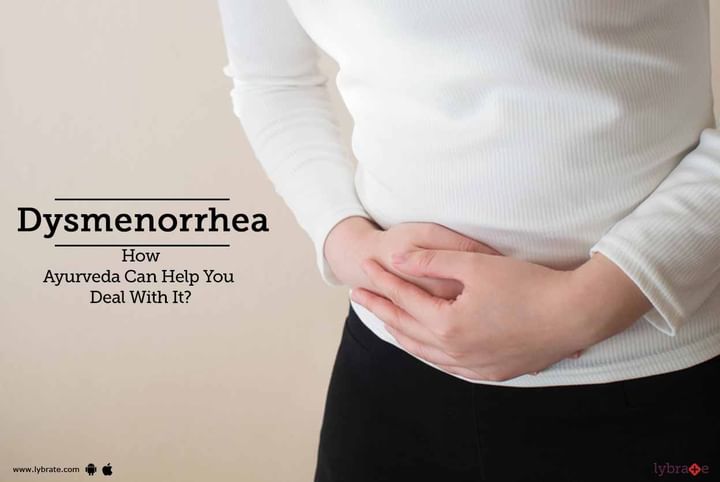Dysmenorrhea - How Ayurveda Can Help You Deal With It?
Ayurveda refers Dysmenorrhea as “Udavartini Yonivyapad”. It is a condition where painful cramps are experienced by women during their menstrual cycle. The pain that is experienced is dull or throbbing in nature and is mostly experienced towards the thigh, lower back and mid-abdomen region. Ayurveda believes in eliminating the ama’s (toxins), balance the “dosha’s” and set the hormonal balance right.
What are the symptoms of Dysmenorrhoea?
Some of the typical symptoms through which an Ayurvedic expert can identify Dysmenorrhoea include the following:
- Intense headache
- Nausea and vomiting
- Dizziness
- Fatigue
- Fainting
- Disorientation
- Constipation
- Diarrhoea
- Acute menstrual pain
- Hypersensitivity to touch, light, sound, and smell
Causes of Dysmenorrhoea - An Ayurvedic explanation
Ayurveda states that the reverse direction movement of natural urges aggravates the Apana Vayu to fill the uterus. The uterus feels intense pain. It counters this activity by pushing the menstrual blood upwards and discharges the same with spasmodic pain. Ayurveda goes on to describe the vataj yonivyapad that is associated with dysmenorrhoea, led by ras dhatu. The likelihood of cramps increases if a person consumes excess caffeine and alcohol, has a family history of menstrual pain, leads an extremely stressful life, or suffers from an existing pelvic related disorder, lack of exercise etc.
How to deal with Dysmenorrhoea
Ayurveda suggests various ways to deal with Dysmenorrhoea. Some of the best ways to tackle this condition are through selective dieting, yoga, and consumption of ayurvedic herbs:
- Yoga: Cat stretch position is one of the popular yoga postures that helps a woman to deal with this condition. A woman should rest on her knees and hands and slowly arch backward. Another popular yoga position is known as the pelvic tilt. This is a yoga technique where a woman lies with her knees bent and slowly lifts her buttocks and pelvis.
- Diet: Some of the popular dietary recommendations include increasing calcium, fiber, and complex carbohydrate. It is also essential to cut down on caffeine, red meat, dairy products, sugar, and salt. Magnesium and vitamin B6 supplements also help to deal with this condition.
- Consumption of herbs: Ayurveda has mentioned some of the very important herbs that can effectively treat this condition. Some of the effective ones include jatmansi, gajar beej, hing, sonth, ulatkambal beej, jatmansi, kumari, Asoka, Shatavari etc. There also exist some classical formulations that can help curb this conditions. Some of the very popular formulations include tankan, gulkand and kasis.
The treatment option varies from individual to individual. An Ayurvedic expert studies Agni, Prakriti parikshan, Sahanan, Saar and Vyayam shakti of a person before locking on the course of treatment. Furthermore, each treatment might take different time-frame to cure the condition right from its roots.
In case you have a concern or query you can always consult an expert & get answers to your questions!



+1.svg)
